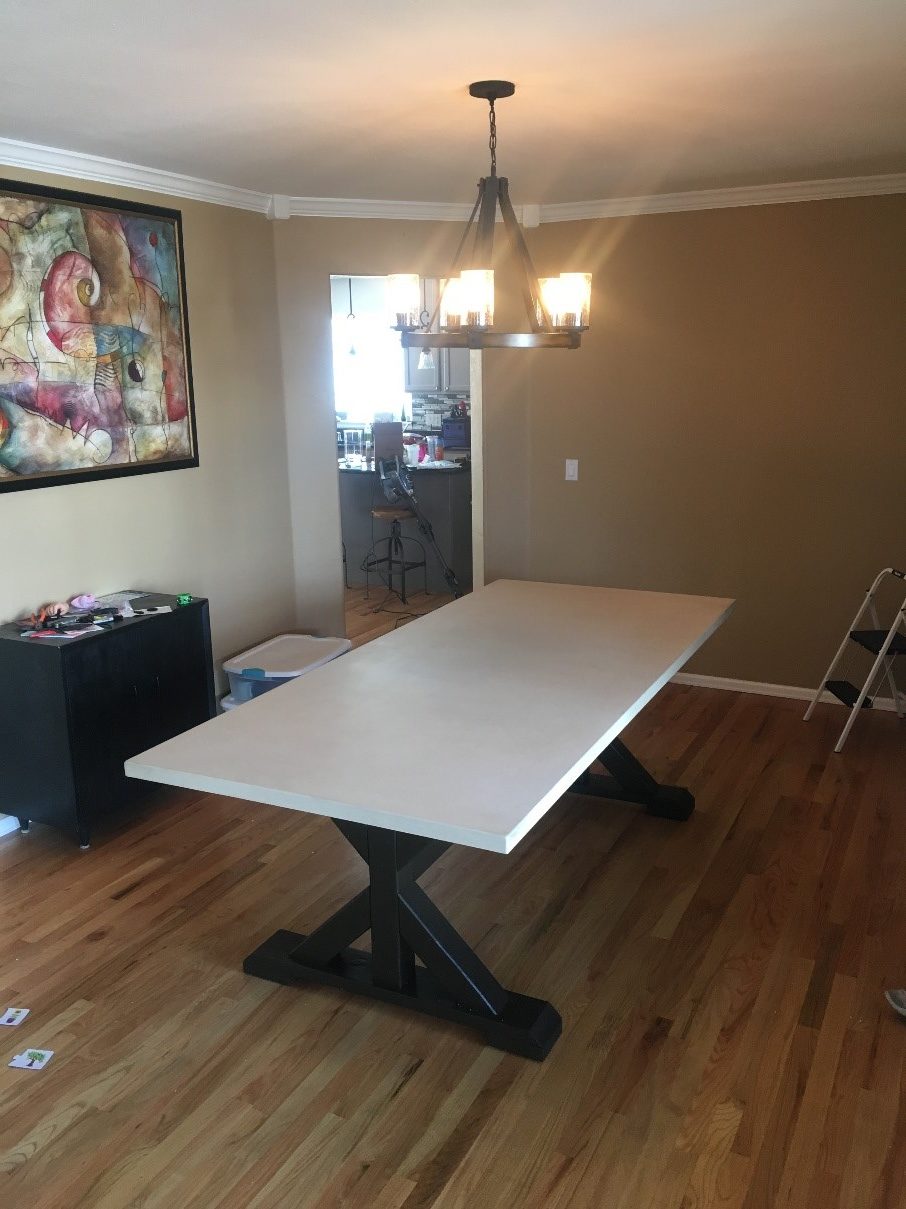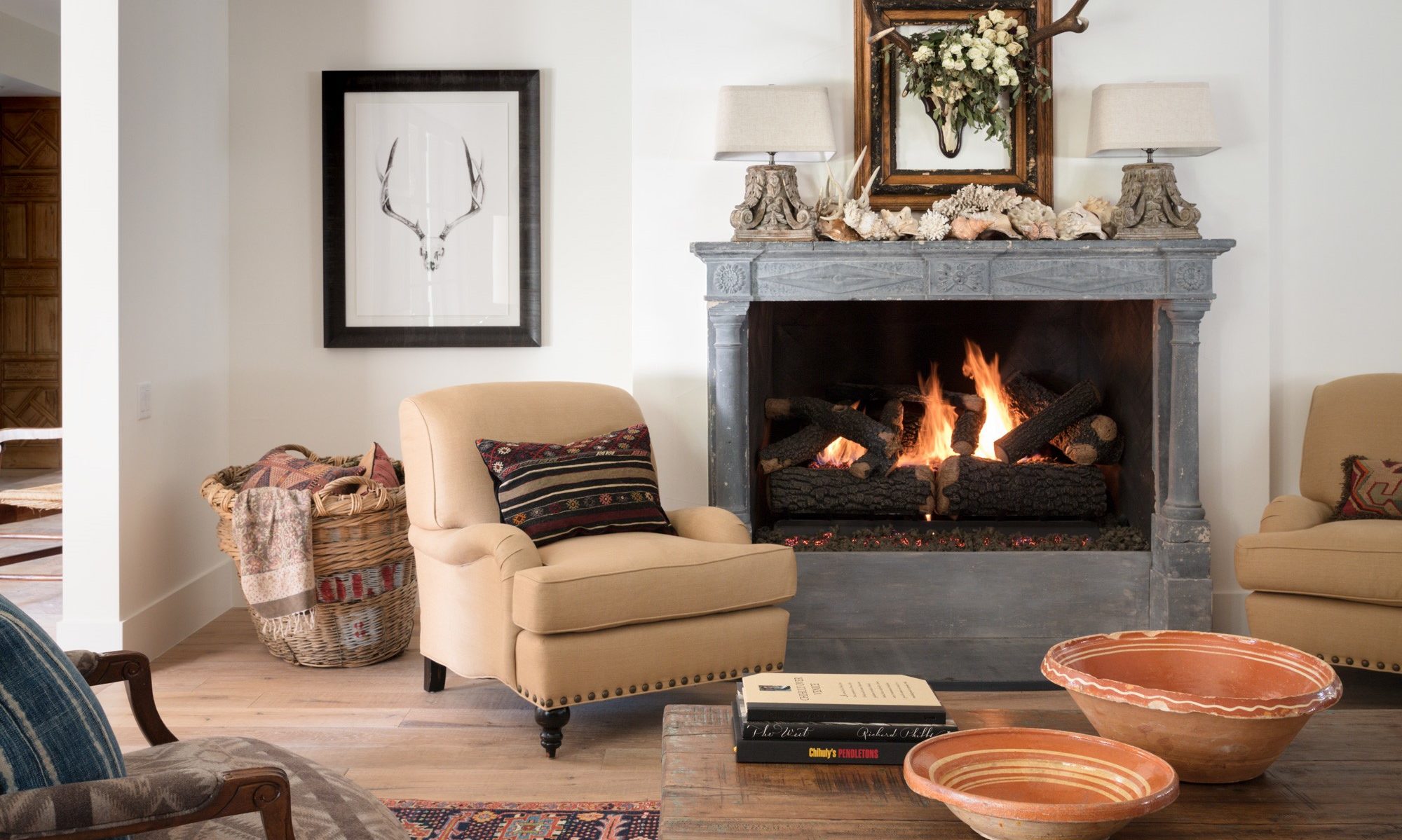If you can imagine it, it can probably be made out of concrete. GFRC (Glass Fiber Reinforced Concrete) is a type of super-strong concrete that can be made incredibly thin (compared to normal concrete) without breaking, and thin means lightweight, and lightweight means you can use concrete in places and in ways you didn’t think were possible.
To visualize the benefits of GFRC, imagine a 3’x3’x’3 cube made out of concrete. If the entire cube were made out of concrete, it would weigh about 4,050 pounds. If you were smart, you’d make it hollow, because nobody would know the difference just by looking at it or touching it. It would still feel like a block of concrete if it were hollow, and it would require less materials, and it would be easier to move around.
But if you hollow it out too much, you’d get concerned about it breaking under its own weight. You still have to pick it up and move it around and transport it. Maybe you’d feel comfortable it’s not going to ever crack/break if you got the walls down to 4” thick and filled them with steel rebar. A typical 36” precast concrete sewer pipe has a wall thickness of 4”, for reference, and we can bet if the people who engineered those thought they could safely make it thinner, they would. The cube at that thickness would weigh almost 2,000lbs. 3” thick would weigh about 1,500 lbs.
But here comes GFRC. We can make the same 3’x3’x3’ cube out of GFRC with 3/4” thick walls, no steel reinforcement required, and the weight drops to about 250 lbs. or less. And, you and several friends can climb and stand on it without fear of it breaking. It still looks and feels like a 4,050 pound block of concrete.

What did we gain by losing so much weight? We gained the ability to put a large concrete fire pit on your client’s rooftop patio without worrying about the weight. We gained the ability to make beautiful precast countertops in controlled conditions, which can be transported and carried to the jobsite, up three sets of stairs and installed without a forklift. We can make ½” thick concrete wall panels where wet pouring a thin concrete wall veneer would be impractical, if not impossible. We can make a giant trough sink for a bathroom that looks like its 12” thick and weighs a ton and hang it from the wall.
No matter how you look at it, the main reason to spec GFRC is the weight, or more accurately the lack thereof. Where weight or transport or appearance isn’t quite as important, normal concrete more than fits the bill, and GFRC will never replace it. GFRC has other benefits over normal concrete, the most obvious of which will be the beautiful finish, but even that is a result of the ability to easily transport it due to the light weight.

Important things to know about GFRC:
- It doesn’t stain. Red wine, oil, coffee, etc., are not a concern. The reactive urethane sealer used by Art District Concrete is impenetrable by liquids, and is really tough stuff. Staining is probably the biggest concern about using concrete as a countertop, and there’s a lot of information on the internet stating that concrete stains easily. And, most of the stories about concrete staining are probably true, but it’s a sure thing that none of them are using a reactive urethane sealer. Raw concrete stains very easily. Put a sealer on it that doesn’t let liquid through and it will never stain.
- It doesn’t need resealing or maintenance. Reactive urethane only needs to be applied once, and under normal usage you’ll never wear through it.
- It can scratch. This is probably the biggest flaw of concrete, at least compared to some other surface materials. You can’t cut on it. You can use it like a normal countertop without worrying about it scratching if you’re not intentionally dragging sharp objects (like knives or heavy flour pots with metal legs) across it. Simply being aware that it can scratch is really the only precaution anyone needs to take.
- Cooking type heat (<500 degrees or so) is theoretically ok, and it’s been tested to be safe, but it’s prudent to put down a potholder before setting down a hot casserole dish on the counter. We know high heat permanently weakens concrete, even if it doesn’t show. Fire type heat (1000 degrees) is never ok for concrete, and it will certainly weaken the concrete to the point of failure. For that reason we design fire pits with the flame not actually touching the concrete and the heat always going up and away from the concrete.
- It shouldn’t ever develop cracks under normal circumstances, and breaking once installed on top of cabinets would be unheard of. GRFC will deflect a large amount before it breaks (like rubber), so any small movement in cabinets or the house will not affect GFRC countertops.
Art District Concrete specializes in GFRC concrete countertops, tabletops and 3D objects like fire pits or water features. We’d love to help figure out how to make your dream a reality, and to teach you more about the possibilities of GFRC.
Wayne Rodgers
Art District Concrete

